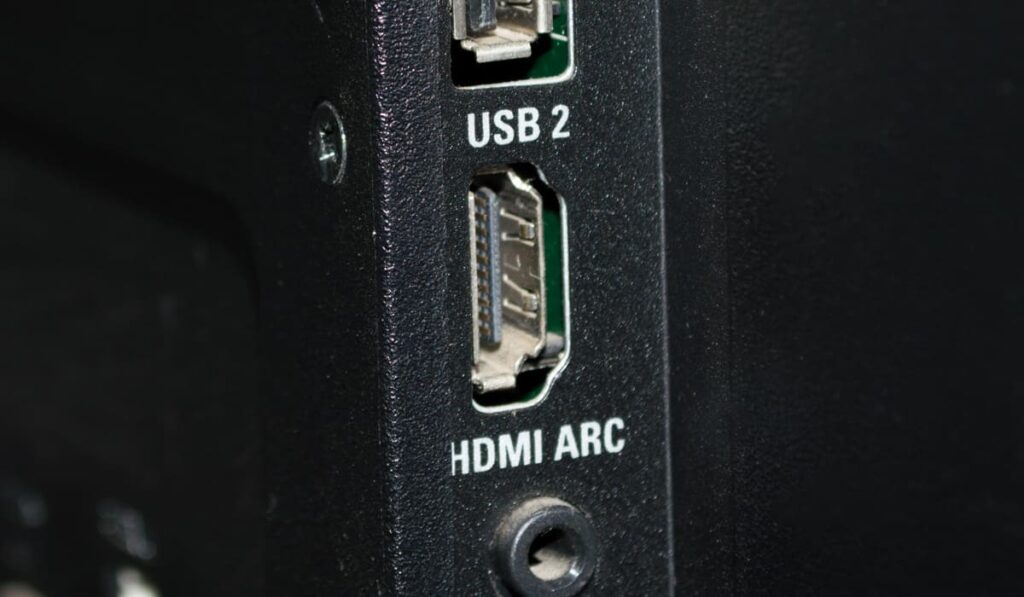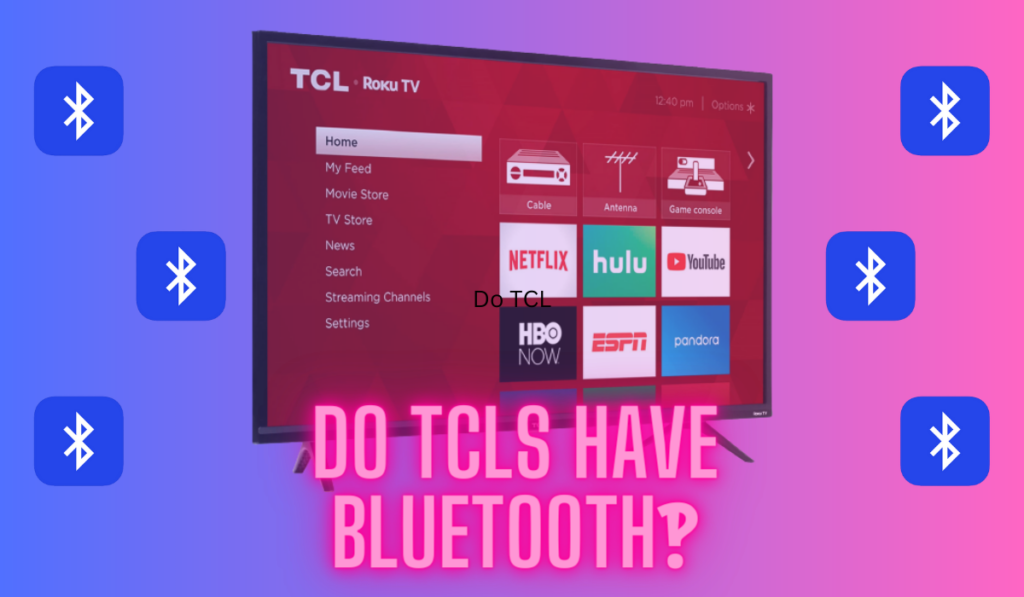An LED TV is a great choice due to its lower power usage, brighter display, and better contrast compared to standard TVs. However, with its long durability comes the need of transporting it, which bring the question: can you lay LED TV Flat in the box when transporting it?
LED TVs aren't supposed to be laid flat during transportation because the screen isn't designed to support its own weight and it could crack and cause damage. Instead, keep the TV upright and secured against a flat surface. You may also want to consider getting a professional delivery service.
In this article, we will outline key steps and guidelines for safely transporting an LED TV and offer tips on alternative transport methods. We'll also delve into the benefits of LED TVs to explain why taking extra care during their transportation is worthwhile.
Key Takeaways
- Transportation Position: Laying an LED TV flat can cause warping or cracking due to its weight and road vibrations. LED TVs should always be transported upright.
- Proper Handling: Secure the TV vertically in a car using straps or padding; professional delivery services are recommended for larger TVs.
How a TV Structure Informs You How To Transport It
Each TV will have a different structure. For example, you will not be able to transport a flat-screen TV the same way as a box TV from 1998. Different TVs will need to be transported in various ways.
A flat screen will need to remain upright, while a box TV may be transported any way without damage. You will want to look at the type of TV you are getting and figure out precisely the best way to get it back home (more on the protection of your home theater equipment in our guide).
They are designed for use vertically and you will have to transport them the same way.
Can You Transport A TV Laying Down?

There are some pretty dire consequences if you lay your flat-screen TV flat for more than a few minutes. Though it may seem like a good idea to lay these down in your car, it is actually a bad idea. It might warp your screen from the angle you put it at or can crack the front, resulting in screen damage.
The bumps and vibrations from the car make the insides of the TV move more than usual. The weight of the interior pieces against the screen can cause damage. They are so thin they are not meant for anything heavy, so they are designed to be vertical at all times.
Hence, it's important to be aware that you should try to avoid storing your LED TV in a box, whether laid flat or on its side, due to the potential risk of screen and component damage.
How To Transport Your LED Flat TV?
If you are transporting your flat-screen TV yourself, you need to do it vertically. You will need to carry the TV out carefully and place it in an upright position in the back of your car. You can put it in between two seats with some pillows as cushions, or you can even slide a blanket over it to protect the screen.
Watch the video below demonstrating a method for transferring a Samsung LED Flat TV, then continue reading for more of our tips.
Whatever you do, make sure there is no way for it to topple over, and always keep in mind it should be vertical. If you've ever transported a TV before, you know it can be somewhat challenging to keep it safe in the car.
If you have any straps, you can use them to keep the TV propped up vertically, in fact, this would be one of the best solutions. Some people even resort to bubble wrap because it's great for transporting vulnerable products. If you are always on the move, it may be best to keep the box your TV came in.
Should You Get Your LED TV Delivered?
When buying a new TV, opting for delivery ensures it arrives in good condition, as delivery trucks use straps and protective packaging. This method is especially useful if transporting the TV from the store is a concern.
In the case of hiring a moving company, they are typically experienced in transporting TVs. However, you can offer specific tips if you have concerns about their methods. Consider professional delivery services for added assurance.
If using a delivery service, emphasize the importance of keeping the TV's original box upright to prevent damage. Services like Geeksquad are recommended for reliable electronics delivery.
Can You Get Insurance on an LED TV?
When purchasing a new TV, the sales associate will offer a warranty, which is essentially insurance for your TV. This can be a beneficial option if you're concerned about potential malfunctions.
This is good for mechanical failure, power failure, screen failure, and sound failure, and if you're concerned about these things, it wouldn't be a bad idea to get a surge protector as well.
However, though this is a great thing to add, it typically doesn't cover accidental damage from improper transportation. This means if you damage your TV because you transported it wrong, it cannot be returned.
You should always consider getting a warranty, but you should ask the sales associate exactly what the warranty will and will not cover so that you are informed in advance since every case is different.
How are LED TVs Different from Other TVs

The main difference between an LED TV and a regular TV lies in how they both produce light. For example, TVs like LCD models use fluorescent tubes to illuminate the screen. This lighting allows you to see the changing pixels on the screen. LED TVs use light-emitting diode bulbs.
Since the bulbs are so small, they can be placed behind the screens and around the sides. The result of this is typically a much richer image and it also makes the TV appear less pixelated.
It has been reported that LED lighting can actually be much better on your eyes compared to LCD lighting, however, both should be used in moderation.
Some medical professionals, including Dr. David Ramsey from Harvard University, actually say there isn't much difference in terms of health consequences, because most devices that use LED lights don't produce enough blue light to cause any kind of damage to an individual's retina, nor does a regular TV.
The Benefits of an LED TV
One of the reasons you may choose an LED TV is that, in theory, it should have a longer lifespan than your standard TV. Why? Because it uses less power than other TVs. As we just explained above, you may find an LED TV (on Amazon) to be a better choice because the pictures come out more crisp due to the small lights instead of one big light behind the screen.
LED screens now offer better viewing angles and are energy-efficient, making them ideal for movie marathons. However, they can be more challenging to transport compared to other TV types.
Final Thoughts
LED TVs are all the rage for good reason. They are the latest trends and help you get the best movie or TV experience at home. If you are looking for a new flat-screen TV this may be the way to go. You will see that there are many different options and sizes.
The best way to get your new TV home is by ensuring it can properly fit in your car. If you want a bigger TV you should consider using a delivery service for a small fee.
After successfully transporting your LED flat TV, explore our related guides on correct TV mounting and the best height, including techniques for ceiling and brick wall installations, to master the art of TV placement!





